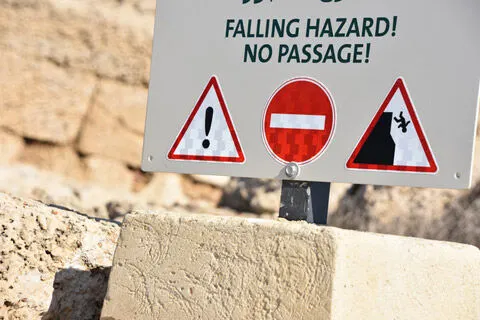Workplace Safety Reports

Workplace safety standards listed below represent a selection of programs, equipment, procedures and reports that would commonly apply across many occupations. The grouping is not oriented especially to the manufacture or testing of products used to protect workers. Instead these standards apply to the worker and the employer making responsible decisions for their own safety and that of their coworkers.
AS 1885.1-1990
Measurement of occupational health and safety performance - Describing and reporting occupational injuries and disease (known as the National Standard for workplace injury and disease recording) (FOREIGN STANDARD)
Deals with the recording of workplace injury and disease, and is intended for use by both large and small organizations. It includes definitions as well as an explanation of the data items which are required to be recorded. A section dealing with interpretation and analysis of the recorded information is included. These measures include incidence rate, frequency rate, average time lost rate, as well as time series analysis and cross tabulations.
ASTM F1694-21
Standard Guide for Composing Walkway Surface Investigation, Evaluation and Incident Report Forms for Slips, Stumbles, Trips, and Falls
1.1 This guide provides a listing of items that may be useful in recording and evaluating the conditions of a walkway surface, including ramps and stairs, that may involve a slip, stumble, or trip that may result in a fall. 1.2 This guide provides a listing of data that may be useful in investigating, evaluating, and reporting a slip, stumble, trip, slip and fall, stumble and fall, or trip and fall incident. 1.3 Nomenclature is provided to obtain uniform language for reports. 1.4 The values stated in inch-pound units are to be regarded as standard. The values given in parentheses are mathematical conversions to SI units that are provided for information only and are not considered standard. 1.5 This standard does not purport to address all of the safety concerns, if any, associated with its use. It is the responsibility of the user of this standard to establish appropriate safety, health, and environmental practices and determine the applicability of regulatory limitations prior to use. 1.6 This international standard was developed in accordance with internationally recognized principles on standardization established in the Decision on Principles for the Development of International Standards, Guides and Recommendations issued by the World Trade Organization Technical Barriers to Trade (TBT) Committee.





